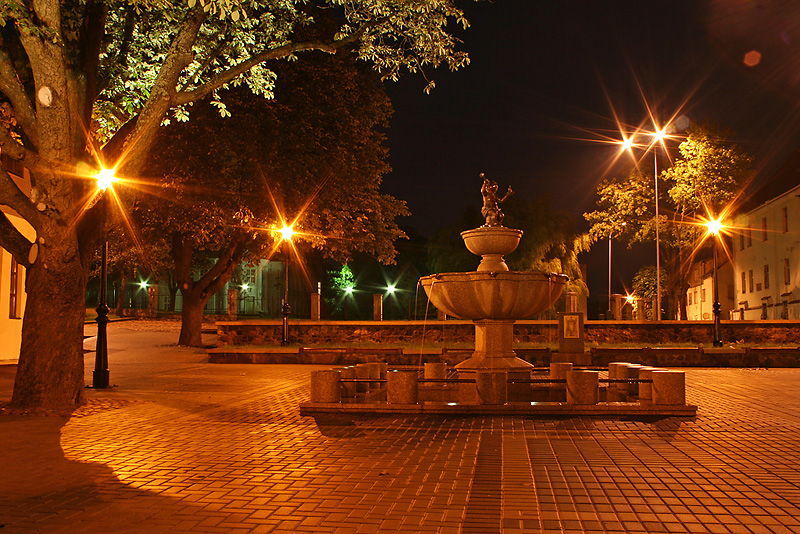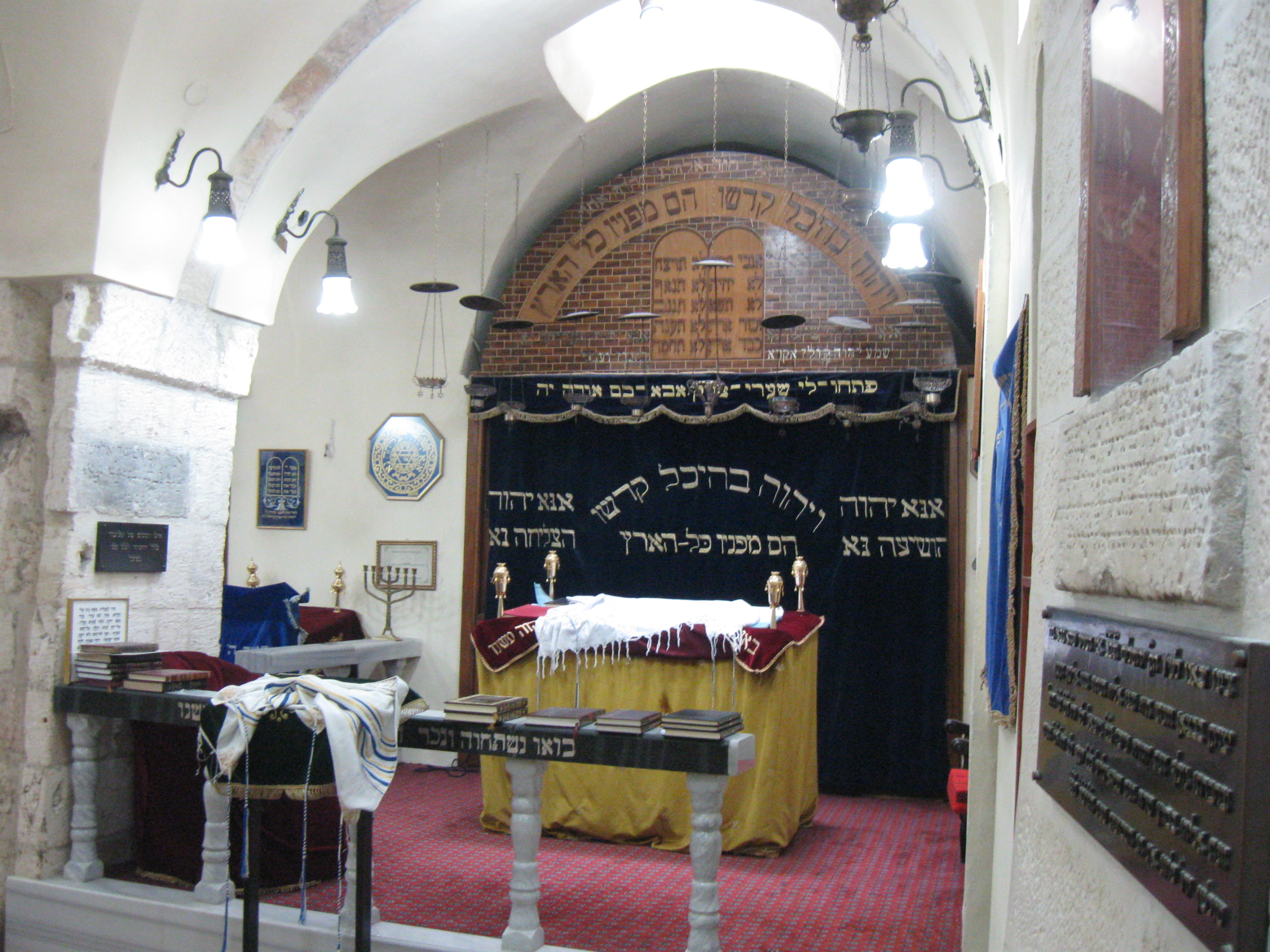|
Marcus Nathanson
Marcus Nathanson (; 1793 – 10 June 1868) was a Russian Jewish scholar. He devoted himself to the study of ancient Hebrew literature, publishing the following works: ''Kontres ayyelet ha-shaḥar'', critical notes on certain chapters of the Midrash Tehillim (printed in ''Pirḥe tzafon'', ii. 165–180); ''Mikhtav 'al devar shemot anashim'', on Jewish proper names (''ib.'' pp. 181–186); and a study on the Karaites (in Günzburg Günzburg (; Swabian German, Swabian: ''Genzburg'') is a town in Bavaria, Germany. It is a ''Große Kreisstadt'' and the capital of the Swabian Günzburg (district), district Günzburg. This district was constituted in 1972 by combining the city ...'s ''Devir'', Vilna, 1864). References 1793 births 1868 deaths Hebraists Jews from the Russian Empire People from Telšiai People from Vilna Governorate People from Vilnius {{Judaism-bio-stub ... [...More Info...] [...Related Items...] OR: [Wikipedia] [Google] [Baidu] |
Vilnius
Vilnius ( , ; see also other names) is the capital and largest city of Lithuania, with a population of 592,389 (according to the state register) or 625,107 (according to the municipality of Vilnius). The population of Vilnius's functional urban area, which stretches beyond the city limits, is estimated at 718,507 (as of 2020), while according to the Vilnius territorial health insurance fund, there were 753,875 permanent inhabitants as of November 2022 in Vilnius city and Vilnius district municipalities combined. Vilnius is situated in southeastern Lithuania and is the second-largest city in the Baltic states, but according to the Bank of Latvia is expected to become the largest before 2025. It is the seat of Lithuania's national government and the Vilnius District Municipality. Vilnius is known for the architecture in its Old Town, declared a UNESCO World Heritage Site in 1994. The city was noted for its multicultural population already in the time of the Polish–Lithuanian ... [...More Info...] [...Related Items...] OR: [Wikipedia] [Google] [Baidu] |
Polish–Lithuanian Commonwealth
The Polish–Lithuanian Commonwealth, formally known as the Kingdom of Poland and the Grand Duchy of Lithuania, and, after 1791, as the Commonwealth of Poland, was a bi-confederal state, sometimes called a federation, of Crown of the Kingdom of Poland, Poland and Grand Duchy of Lithuania, Lithuania ruled by a common Monarchy, monarch in real union, who was both King of Poland and List of Lithuanian monarchs, Grand Duke of Lithuania. It was one of the largest and most populous countries of 16th- to 17th-century Europe. At its largest territorial extent, in the early 17th century, the Commonwealth covered almost and as of 1618 sustained a multi-ethnic population of almost 12 million. Polish language, Polish and Latin were the two co-official languages. The Commonwealth was established by the Union of Lublin in July 1569, but the Crown of the Kingdom of Poland and the Grand Duchy of Lithuania had been in a ''de facto'' personal union since 1386 with the marriage of the Polish ... [...More Info...] [...Related Items...] OR: [Wikipedia] [Google] [Baidu] |
Telšiai
Telšiai (; Samogitian: ''Telšē'') is a city in Lithuania with about 21,499 inhabitants. It is the capital of Telšiai County and Samogitia region, and it is located on the shores of Lake Mastis. Telšiai is one of the oldest cities in Lithuania, probably dating earlier than the 14th century. Between the 15th and 20th centuries, Telšiai became a district capital and between 1795 and 1802 it was included in the Vilnius Governorate. In 1873, Telšiai was transferred to the Kovno Governorate. Names The name Telšiai is a variant of the same Lithuanian language root (''-telš-'', ''-tilž-'') as Tilžė with the meaning connected to water. The name Telšiai or Telšē in Samogitian dialect of Lithuanian is derived from a verb ''telkšoti'' (literally, ''to be flooded with water'', ''to splash'', etc.). The name of Telšiai has been recorded in different forms and different languages throughout its history. Most of them are derived from ''Telšē'' in Samogitian dialect. Some ... [...More Info...] [...Related Items...] OR: [Wikipedia] [Google] [Baidu] |
Kovno Governorate
Kovno Governorate ( rus, Ковенская губеpния, r=Kovenskaya guberniya; lt, Kauno gubernija) or Governorate of Kaunas was a governorate ('' guberniya'') of the Russian Empire. Its capital was Kaunas (Kovno in Russian). It was formed on 18 December 1842 by Tsar Nicholas I from the western part of Vilna Governorate, and the order was carried out on 1 July 1843. It was part of the Vilna Governorate-General and Northwestern Krai. The governorate included almost the entire Lithuanian region of Samogitia and the northern part of Aukštaitija. Counties The governorate was divided into seven uyezd An uezd (also spelled uyezd; rus, уе́зд, p=ʊˈjest), or povit in a Ukrainian context ( uk, повіт), or Kreis in Baltic-German context, was a type of administrative subdivision of the Grand Duchy of Moscow, the Russian Empire, and the ea ...s: References Further reading * * Governorates of the Russian Empire History of Kaunas Historical regions in ... [...More Info...] [...Related Items...] OR: [Wikipedia] [Google] [Baidu] |
Russian Empire
The Russian Empire was an empire and the final period of the Russian monarchy from 1721 to 1917, ruling across large parts of Eurasia. It succeeded the Tsardom of Russia following the Treaty of Nystad, which ended the Great Northern War. The rise of the Russian Empire coincided with the decline of neighbouring rival powers: the Swedish Empire, the Polish–Lithuanian Commonwealth, Qajar Iran, the Ottoman Empire, and Qing China. It also held colonies in North America between 1799 and 1867. Covering an area of approximately , it remains the third-largest empire in history, surpassed only by the British Empire and the Mongol Empire; it ruled over a population of 125.6 million people per the 1897 Russian census, which was the only census carried out during the entire imperial period. Owing to its geographic extent across three continents at its peak, it featured great ethnic, linguistic, religious, and economic diversity. From the 10th–17th centuries, the land ... [...More Info...] [...Related Items...] OR: [Wikipedia] [Google] [Baidu] |
Midrash Tehillim
Midrash Tehillim (Hebrew: מדרש תהלים), also known as Midrash Shocher Tov or the Midrash to Psalms, is an aggadic midrash to the Psalms. It has been known since the 11th century, when it was quoted by Nathan of Rome, by R. Isaac ben Judah ibn Ghayyat, and by Rashi, who quoted it in his commentary on I Samuel 17:49, and on many other passages. Names The midrash is also known as "Aggadat Tehillim" or "Haggadat Tehillim". Beginning in the 12th century, it was also called "Shocher Tov", because it begins with the verse Proverbs 11:27, "שחר טוב יבקש רצון ודרש רעה תבואנו". In addition, the Hebrew acronym for "Shocher Tov" (ש"ט) has been mistakenly expanded as "Shem Tov" or "Shem Tob", and the midrash referred to by that name. Editions The true midrash covers only Psalms 1–118, and this is all that is found either in the manuscripts or in the first edition. In the second edition, a supplement was added covering (with the exception of two psa ... [...More Info...] [...Related Items...] OR: [Wikipedia] [Google] [Baidu] |
Jewish Name
The Jewish name has historically varied, encompassing throughout the centuries several different traditions. This article looks at the onomastics practices of the Jewish people, that is, the history of the origin and forms of proper names. History Early Biblical Era The name conferred upon a person in early Biblical times was generally connected with some circumstance of that person's birth—several of Jacob's sons are recorded as having received their names in this manner (Genesis 30). Generally, it was the mother who chose the name, as in the case of Jacob's sons, but there were occasions on which the father chose the child's name, such as in Genesis 16:15, 17:19, and 21:2. Occasionally, persons other than the parents were the name-givers, as in the cases of Moses (Exodus 2:10) and Solomon (II Samuel 12:25). It appears to have been the custom in early Biblical times to confer a name immediately upon birth, but in later periods a name was given to a boy at circumcision (c ... [...More Info...] [...Related Items...] OR: [Wikipedia] [Google] [Baidu] |
Karaite Judaism
Karaite Judaism () or Karaism (, sometimes spelt Karaitism (; ''Yahadut Qara'it''); also spelt Qaraite Judaism, Qaraism or Qaraitism) is a Jewish religious movement characterized by the recognition of the written Torah alone as its supreme authority in ''halakha'' (Jewish religious law) and theology. Karaites believe that all of the divine commandments which were handed down to Moses by God were recorded in the written Torah without any additional Oral Law or explanation. Unlike mainstream Rabbinic Judaism, which considers the Oral Torah, codified in the Talmud and subsequent works, to be authoritative interpretations of the Torah, Karaite Jews do not believe that the written collections of the oral tradition in the Midrash or the Talmud are binding. When they read the Torah, Karaites strive to adhere to the plain or most obvious meaning (''peshat'') of the text; this is not necessarily the literal meaning of the text, instead, it is the meaning of the text that would have be ... [...More Info...] [...Related Items...] OR: [Wikipedia] [Google] [Baidu] |
Mordecai Aaron Günzburg
Mordecai Aaron Günzburg (; 3 December 1795 – 5 November 1846), also known by the acronym Remag () and the pen name Yonah ben Amitai (), was a Lithuanian Jewish writer, translator, and educator. He was a leading member of the Haskalah in Vilna, and is regarded as the "Father of Hebrew Prose." Biography Günzburg was born into a prominent Jewish family in Salant (now Salantai, Lithuania) in 1795. His father Yehuda Asher (1765–1823), under whom he studied Hebrew and Talmud, was one of the early members of the Haskalah in Russia, and wrote treatises on mathematics and Hebrew grammar. Günzburg was engaged at the age of twelve, and married two years later, whereupon he went to live with his in-laws at Shavly. He continued his studies under his father-in-law until 1816. From there Günzburg went to Polangen and Mitau, Courland, where he taught Hebrew and translated legal papers into German. He did not stay in Courland long, and after a period of wandering settled in Vilna in 18 ... [...More Info...] [...Related Items...] OR: [Wikipedia] [Google] [Baidu] |




